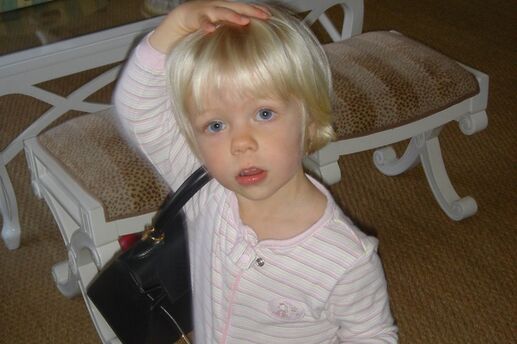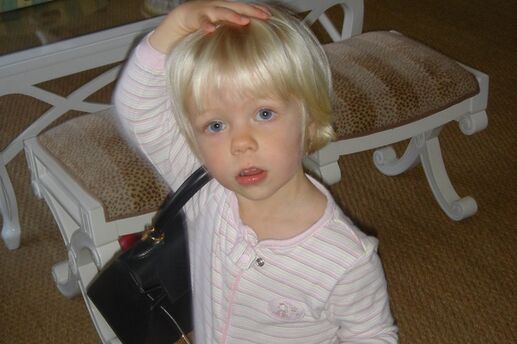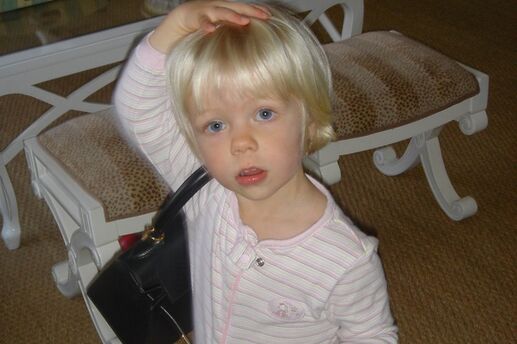Feeding Your Preemie
Feeding a newborn is a top priority for all new moms, but for the parents of a premature baby, getting the best nutrition is doubly important. Making sure your preemie is drinking often and enough formula or breast milk will ensure that she’s able to gain weight and thrive. Read on for the information you need when feeding your preterm baby.
Consider the breast
Breast milk is the best available nutrition for all babies, but especially for those born prematurely. A preemie is often more susceptible to infections and will benefit from the protective proteins and antibodies found in her mother’s milk. Nursing can also help you develop a strong emotional bond with your new baby. But don’t worry if breastfeeding isn’t possible or you choose not to go that route: Premature babies can certainly grow well on a high-fat formula that’s specifically designed for preemies.
Slow but sure
At first, feeding your preemie will be a slower process than feeding full-term babies, since preterm babies are not as coordinated with their sucking and swallowing. Before you leave the hospital with your premature baby, the doctors and nurses will give you explicit instructions on how much and how often your baby needs to be fed. If you have any concerns about whether your baby is taking in enough milk, you can take her to be weighed at the pediatrician’s or a lactation consultant’s office. And know that once your new baby reaches 34 weeks, she should be able to nurse or formula-feed more efficiently.
Prime the pump
Breastfeeding your preemie can be a bit of a challenge because nursing sessions tend to be on the short side. Quick feedings mean your breasts may not be fully drained, leaving you at risk of engorgement. To avoid this and keep up your milk supply, you should consider using a breast pump. A good quality electric breast pump is worth the investment if you want to nurse your preemie for several months. Plan to pump after each nursing session and then freeze the extra milk to use at future feedings.
Watch for cues
It’s easier to feed a calm hungry baby than one who’s frantic and flailing. Expect to feed your preemie in small amounts every two to three hours, and try to tune in to her hunger signs in case she needs to eat sooner. Common hunger cues include sucking her fist or fingers and rooting with her mouth. Some babies may need to be woken up from naps and at night to be fed, so ask your pediatrician whether this is the case with your preemie.
Feeding a preterm baby may seem tricky at first, but once you get the hang of it, you’ll be able to relax and enjoy this time together. And don’t forget to include Dad in on the process too! He can give a bottle, handle the burping, or change the inevitable diaper that follows.







